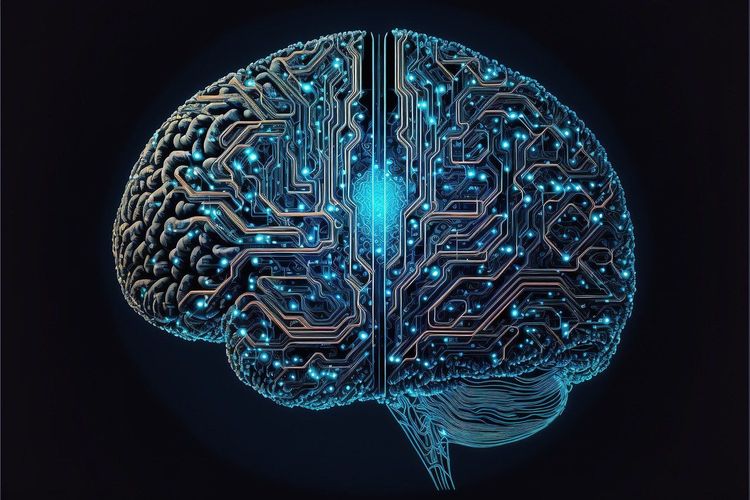Rising Energy Demands for AI: A Closer Look at the Data Center Crisis
The escalating need for computational power and energy consumption presents significant challenges in the field of artificial intelligence (AI). Electricity, the backbone of AI advancements, is becoming increasingly critical. A report reveals that data centers training AI models will consume three times more energy than standard cloud operations, with U.S. electricity demand from data centers projected to grow at an annual rate of around 10% by 2030.
For example, training OpenAI's GPT-3 requires 1.287 gigawatt-hours, equivalent to the annual electricity usage of approximately 120 American households. This initial energy only represents 40% of the total used in actual deployments. In January 2023, OpenAI's training consumed energy comparable to the annual usage of 175,000 Danish households, while Google AI's annual consumption reaches 2.3 terawatt-hours, sufficient to power all households in Atlanta for a year.
AI servers demand 6-8 times more power than standard servers, necessitating significant increases in electricity supply. While typical server setups might utilize two 800W power supplies, AI servers require four 1800W supplies. This surge in energy consumption increases operational costs dramatically, with expenses soaring from approximately $3,100 to $12,400. Clients of data centers are already feeling the impact, as operators are passing on these additional costs, leading to increased leasing prices to manage the growing power and cooling expenses.
According to CBRE Group, the rate of electricity consumption is rising faster than data center operators can expand their capacities. This disparity, exacerbated by rising demand from AI applications, is driving prices upward. In Northern Virginia, clients paid up to $140 per kilowatt of electricity in early 2023, marking a 7.7% rise from the previous year.
Forecasts indicate that data center power usage will reach approximately 4,250 megawatts by 2028—212 times the level of 2023. The total costs of data center infrastructure and operations could exceed $76 billion, putting pressure on the business models of emerging AI-driven services such as search and content creation. This figure is more than double the annual operational costs of major providers like Amazon AWS.
The surge in energy demands presents a twofold crisis. First, as data centers expand, their energy requirements will increase significantly, potentially hampering operations. Second, AI chips are evolving to feature higher computational power, requiring advanced manufacturing processes that heighten power and water consumption. Traditional computing capabilities are nearing their limits, constrained by Moore's Law and challenged by the bottlenecks of Von Neumann architecture.
As competition for electricity intensifies, many current data centers struggle to meet rising power demands. Last year, Northern Virginia experienced a near blackout crisis, underscoring the urgency of addressing energy issues. In response, companies like DigitalBridge plan to invest billions in building and renovating data centers specifically designed for AI workloads.
The future of data centers will likely incorporate more comprehensive facilities than those currently operating in Virginia and Santa Clara. Strategic site selection must prioritize regions with reliable, low-cost electricity. To meet AI’s escalating computational needs, operators must explore innovative solutions in an increasingly competitive market.
The rising energy demand is reshaping business models and profit margins across the tech industry. While the potential of AI appears boundless, both physical and economic constraints will ultimately establish limits. Technology companies are diligently seeking strategies to meet these burgeoning energy demands, paving the way for a transformative energy future.






